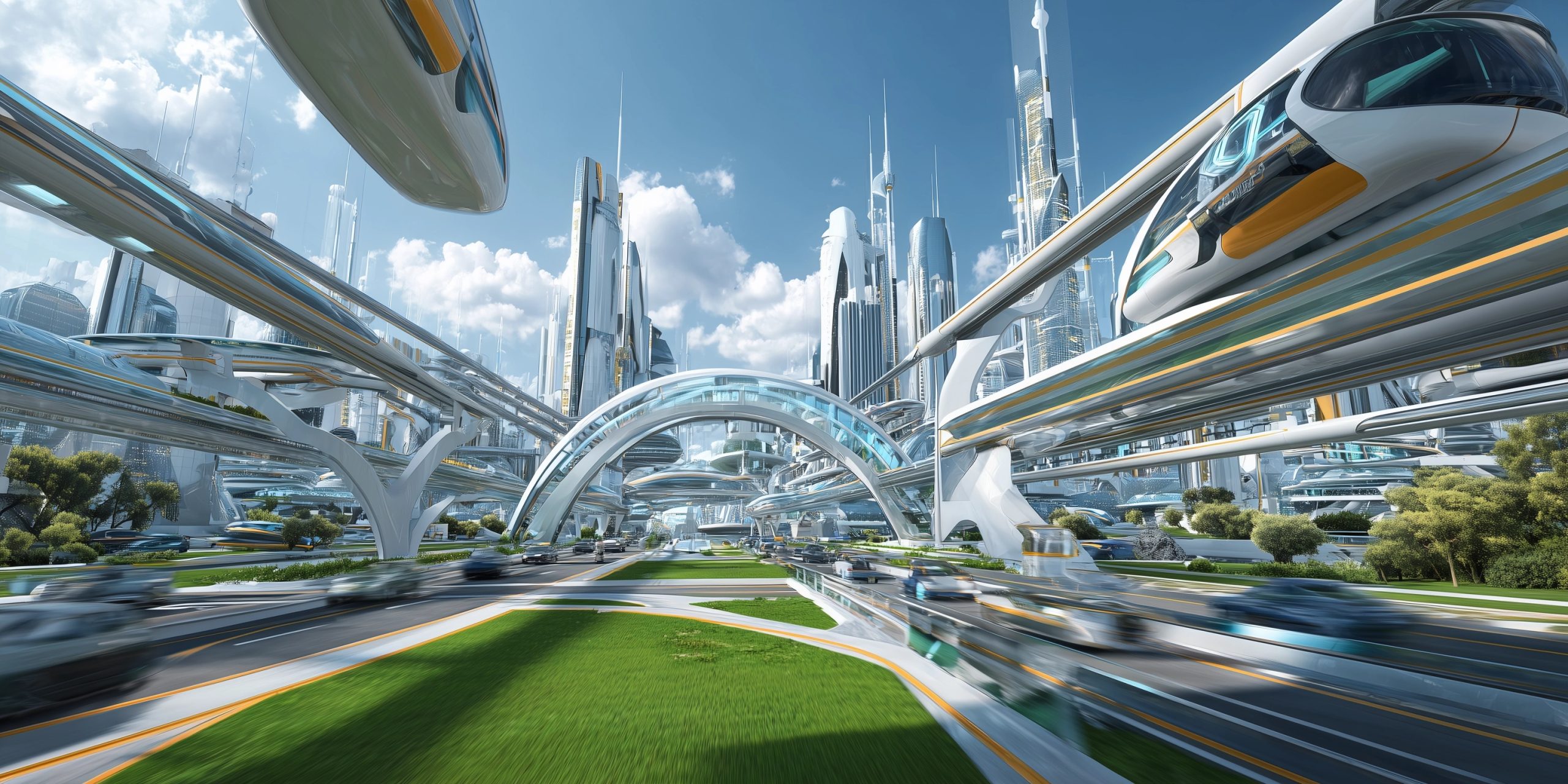By Futurist Thomas Frey
For thousands of years, cities have thrived on their chaos. Markets spilled into streets. Neighborhood cafés became accidental gathering spots. Artists transformed forgotten warehouses into cultural hubs. The magic of urban life was its serendipity—the chance encounters, hidden corners, and unplanned discoveries that made cities not just efficient machines, but engines of culture.
By 2040, that serendipity may be gone. The rise of autonomous vehicles and algorithmic optimization is quietly strangling the life out of cities. Every square foot, every route, every business district is being optimized—not for people, but for machine efficiency.
The Tyranny of Efficiency
Self-driving cars promised freedom from traffic, accidents, and wasted time. But they also brought a new kind of tyranny: algorithmic control of urban flow. Pickup and drop-off points are set by centralized systems. Traffic is routed for maximum efficiency, not human experience. Businesses thrive or die depending on whether they’re placed along algorithm-approved “high-flow corridors.”
A quirky café tucked away on a side street? Dead within months. A neighborhood bookstore off the grid? Optimized out of existence. In their place: mobility hubs—vast, sterile complexes where fleets of robotaxis cluster, and commerce is reduced to whatever fits neatly into efficiency equations.
Cities that once pulsed with unpredictable variety now function like Amazon warehouses, with every movement calculated and every square meter assigned a utility function.
Pedestrians as Obstacles
Street life—the cornerstone of culture and community—has become collateral damage. In algorithmic city models, pedestrians aren’t valued participants; they’re obstacles. The system penalizes anything that slows autonomous traffic. Sidewalks shrink, crosswalks disappear, and lingering in public space becomes both costly and discouraged.
Where once cities invited wandering, now they discourage it. The pleasure of simply strolling through a city, stopping where whim takes you, is replaced by sterile corridors designed for maximum throughput. Efficiency wins. Humanity loses.
The Death of Cultural Geography
Culture, of course, adapts. By 2040, artists, musicians, and performers have been pushed into “designated creative zones”—algorithm-approved districts where inefficiency is permitted as a kind of civic concession. But outside those zones, culture is priced out by dynamic rent models that penalize businesses for “inefficient dwell time.”
What this means is profound: algorithms now decide where culture is allowed to exist. Cities no longer evolve organically; they are zoned by operating systems that value logistics over life. The result is an urban landscape that is more economically efficient than ever before—and more culturally sterile than anyone imagined.
The Unintended Consequences
The irony is stark. Autonomous systems were designed to liberate time and space, yet they have done the opposite. They have eliminated the very inefficiencies that made cities human.
No more stumbling across a street musician who changes your mood. No more neighborhood bar that becomes a second home. No more chance meeting with a stranger who later becomes a friend or collaborator. These inefficiencies were never waste. They were the raw material of culture, innovation, and identity.
Without them, cities risk becoming vast logistics platforms—optimized for movement, hostile to lingering, and indifferent to the soul of human life.
Final Thoughts
The death of the spontaneous city is not a technological inevitability—it is a cultural choice. Autonomous systems and optimization algorithms are tools. The question is whether we design them to serve efficiency alone or to preserve the messy, unpredictable vitality that makes cities worth living in.
If we choose wrong, we may inherit cities that are faster, safer, and more efficient—but also empty of joy. Urban life could become an algorithmic ghost, optimized to perfection and stripped of meaning. The future of cities should not be about efficiency at all costs. It should be about designing spaces where humans, not machines, set the terms of what is valuable.
Read more on related topics:
- Will Robots Replace the Kids We’re Not Having?
- The Industrial Metaverse Is Reshaping Manufacturing Behind Closed Doors


